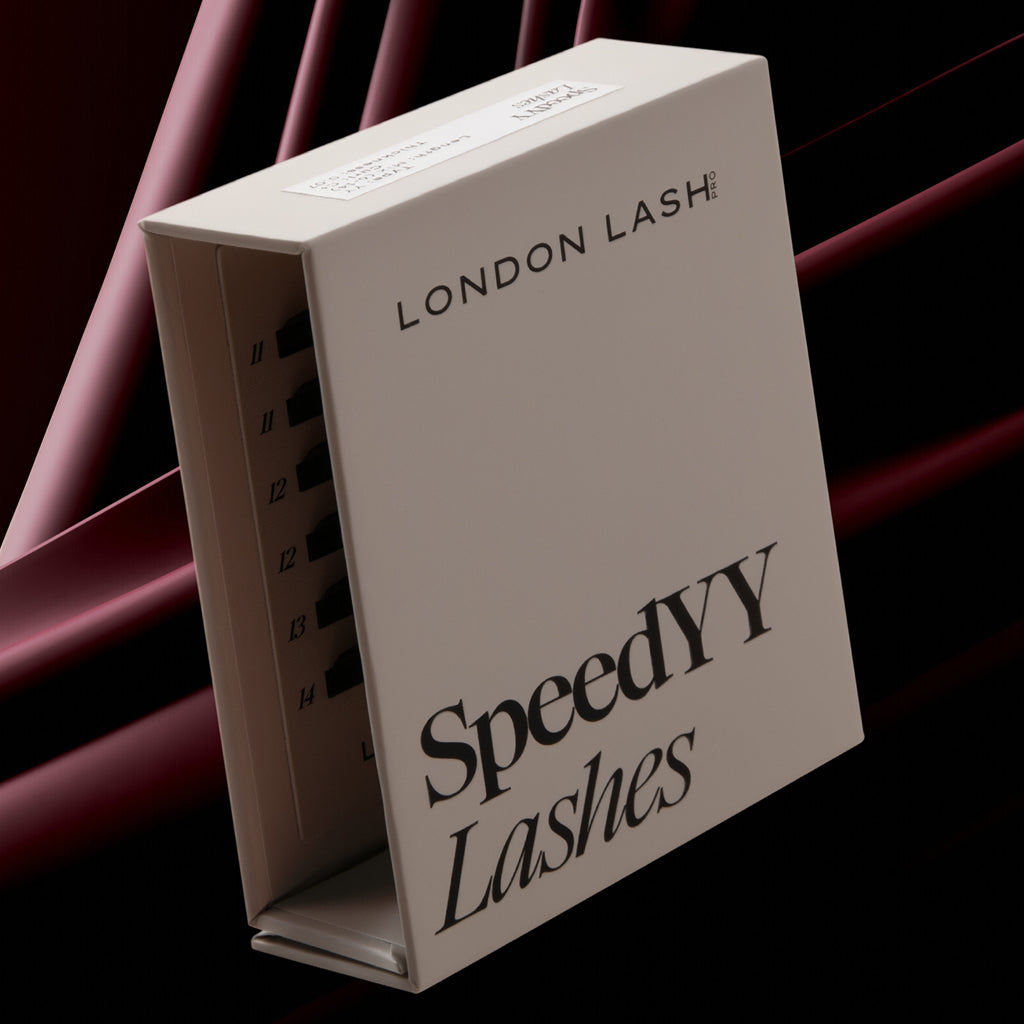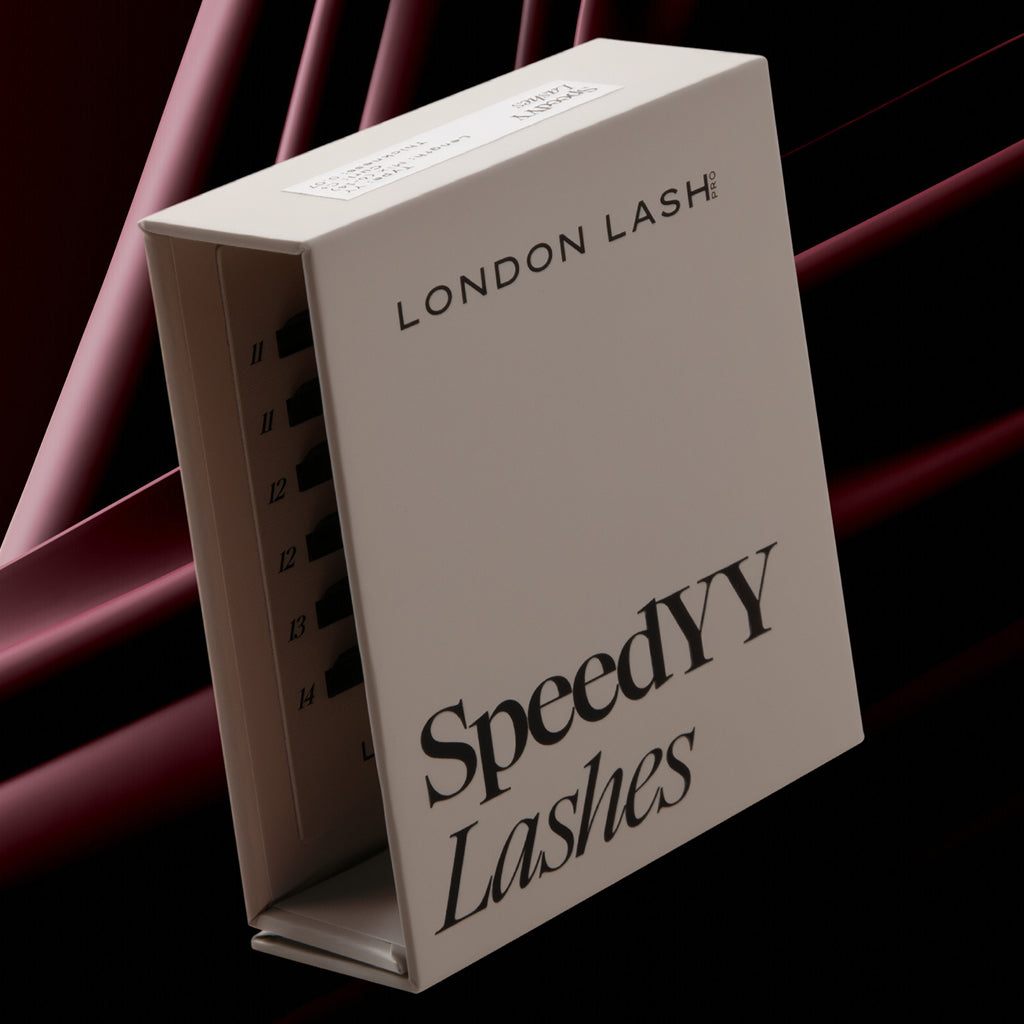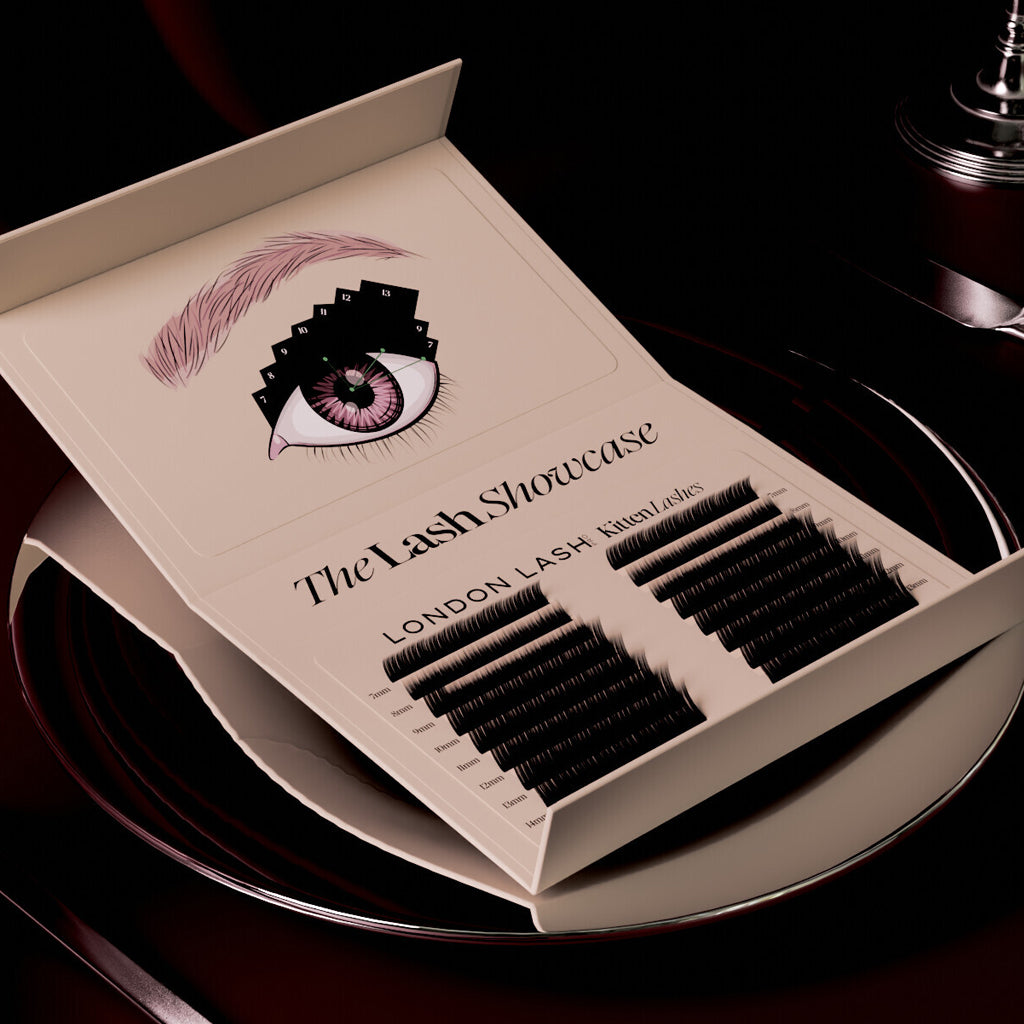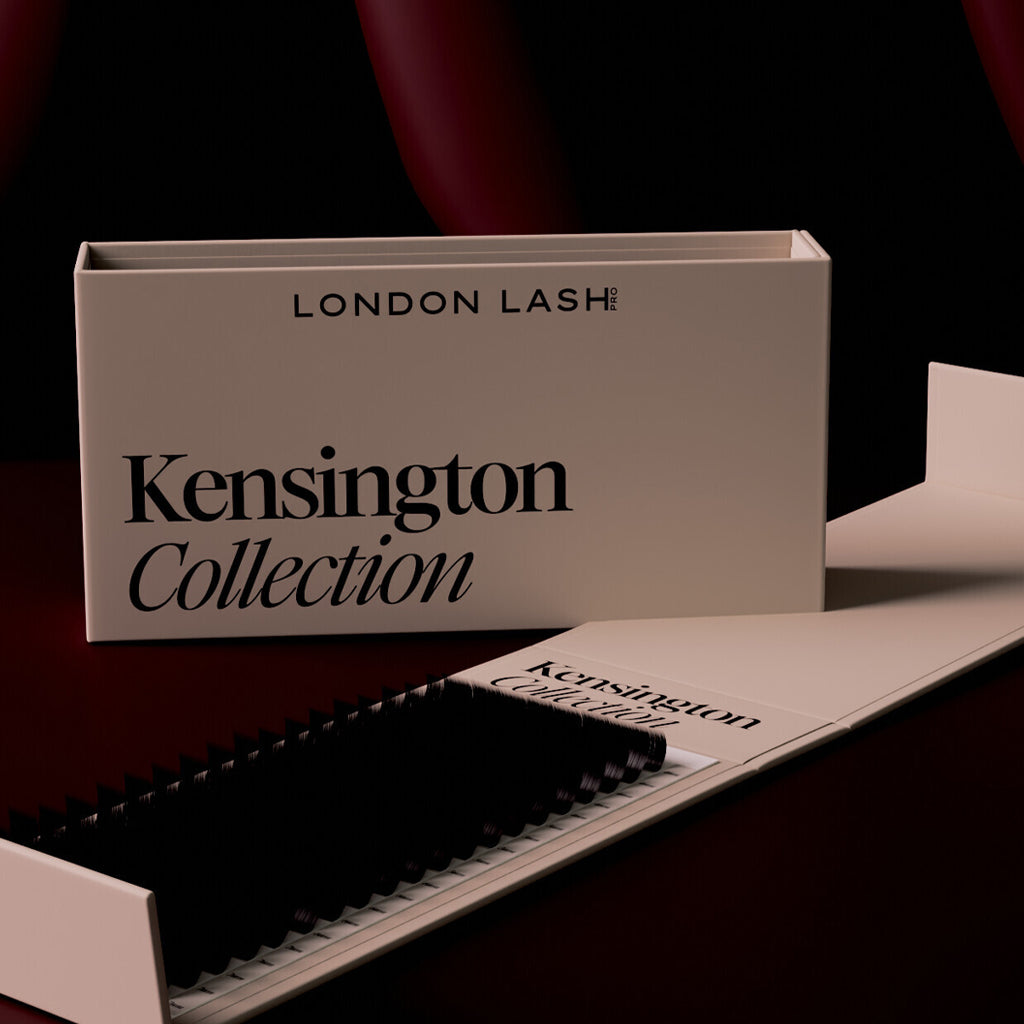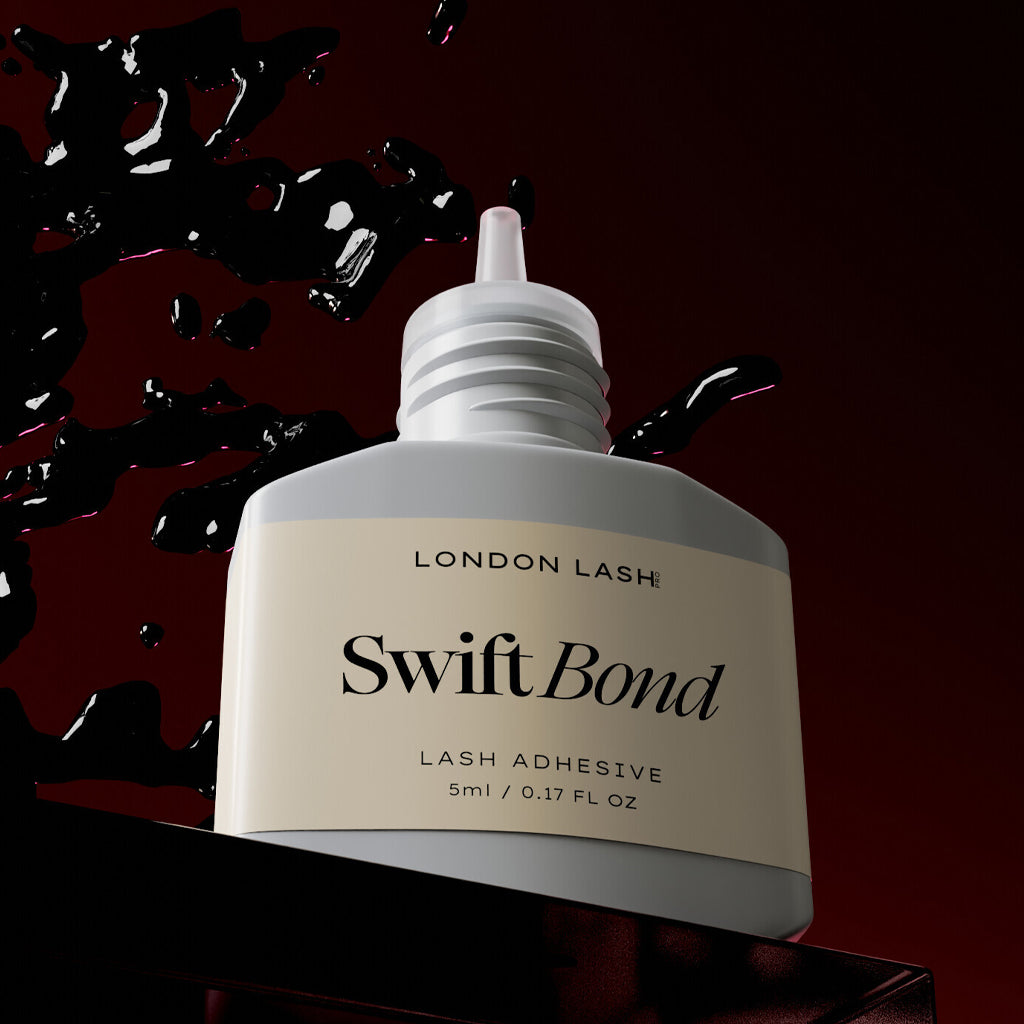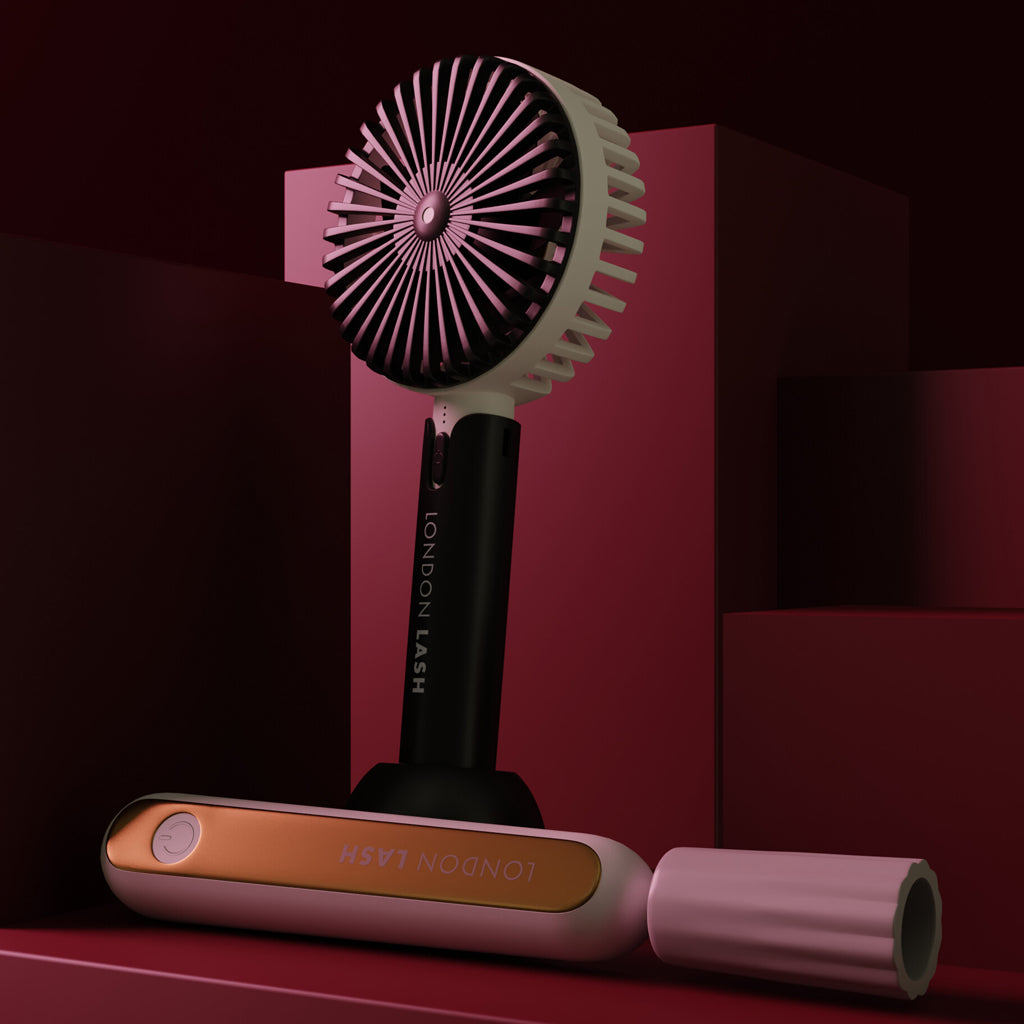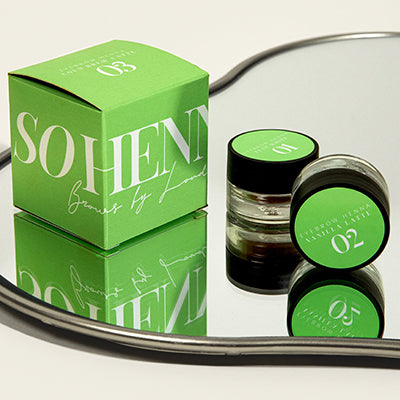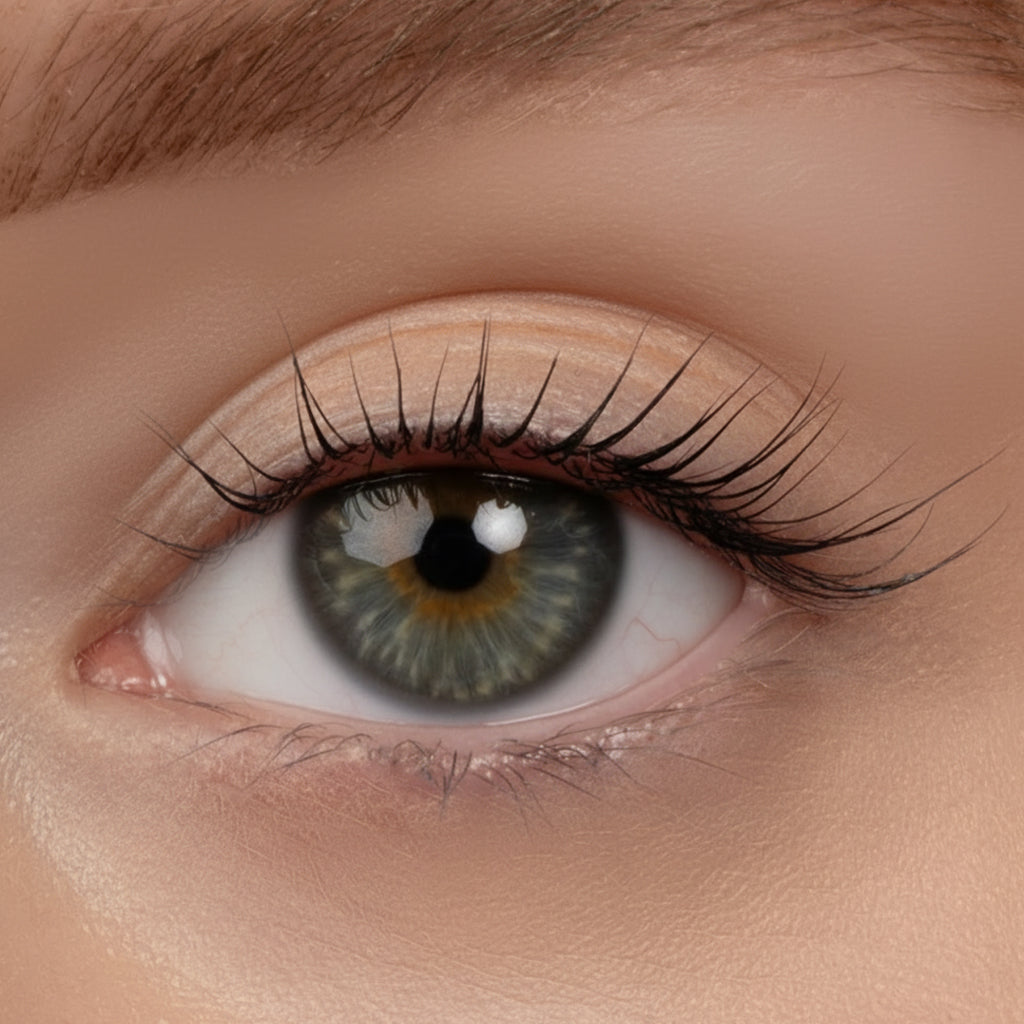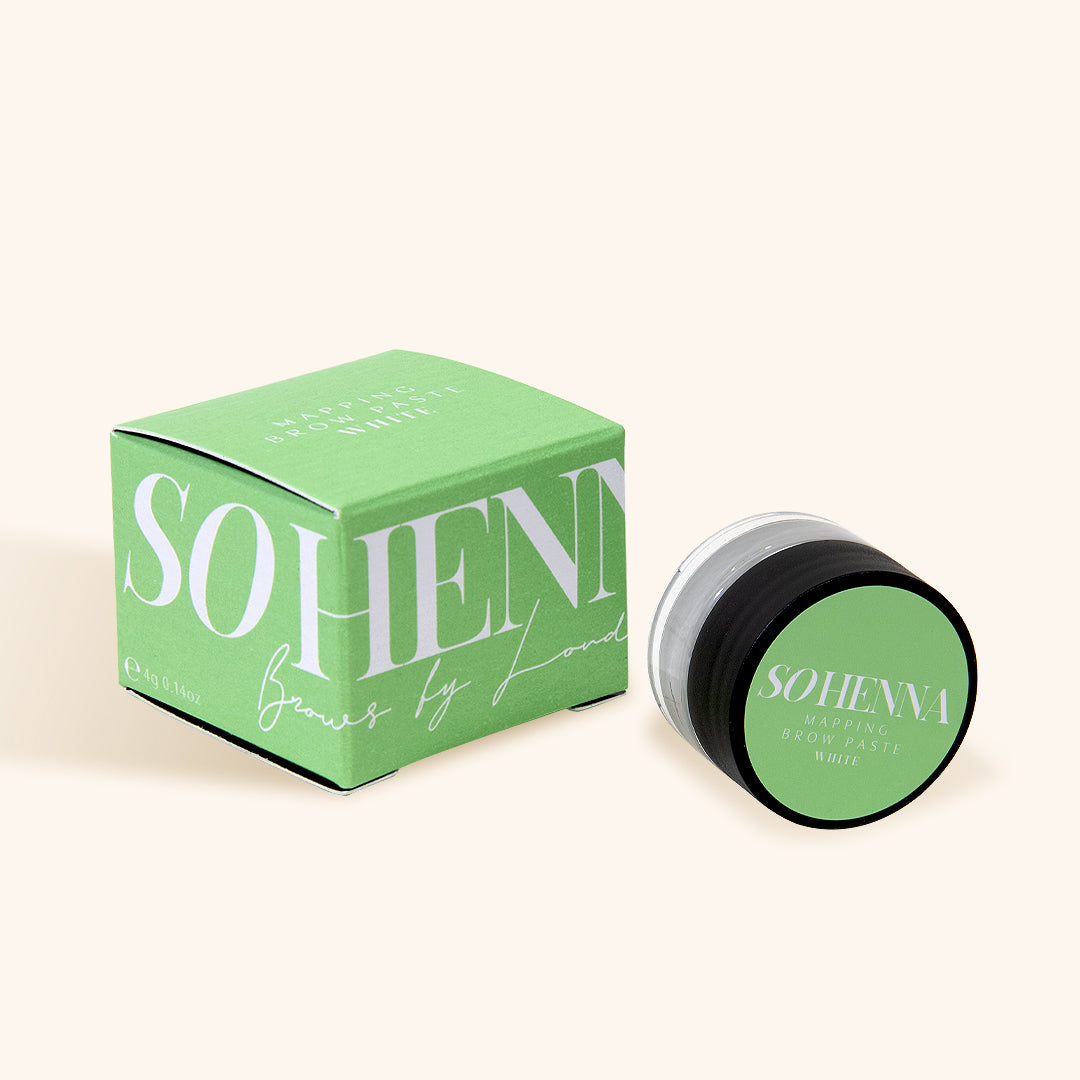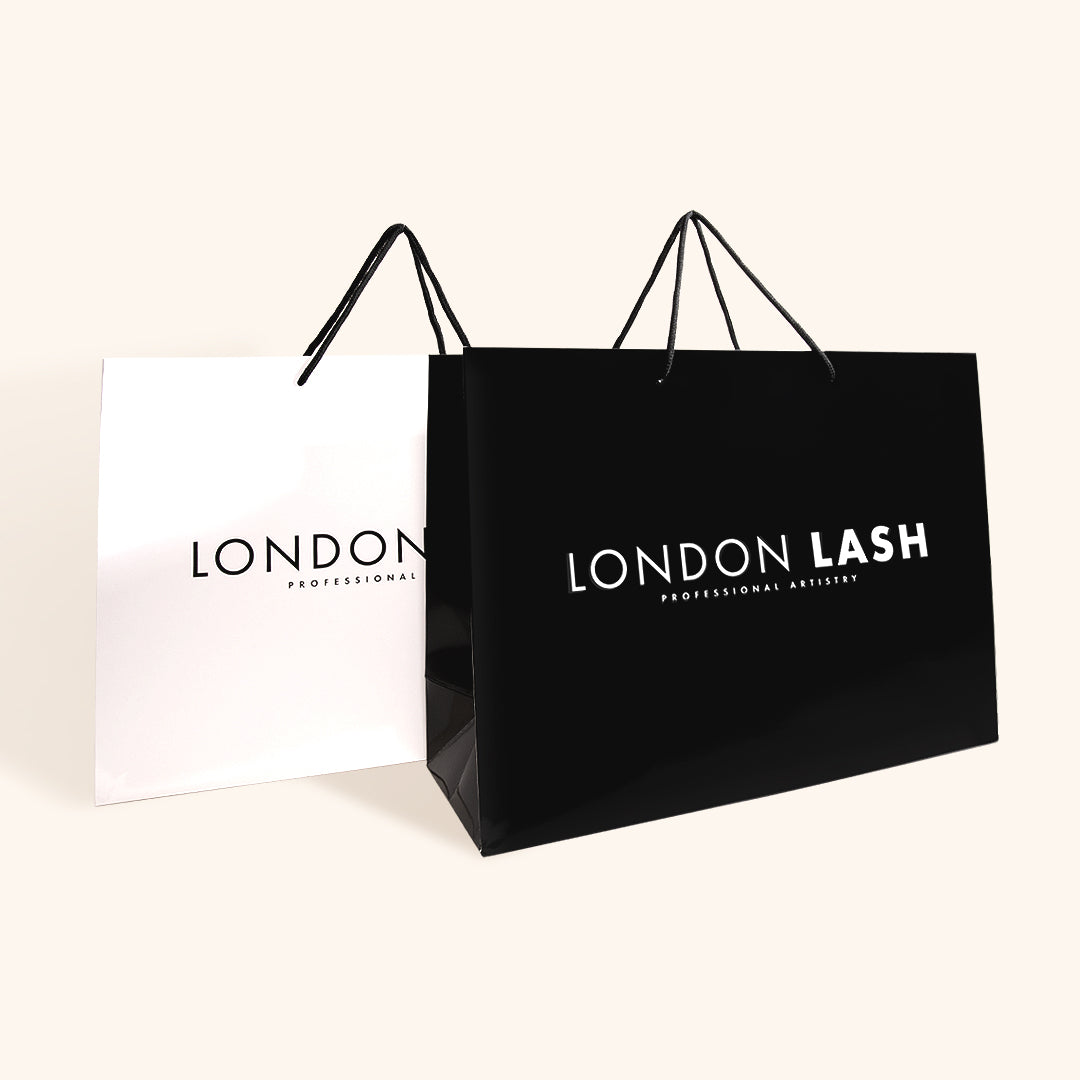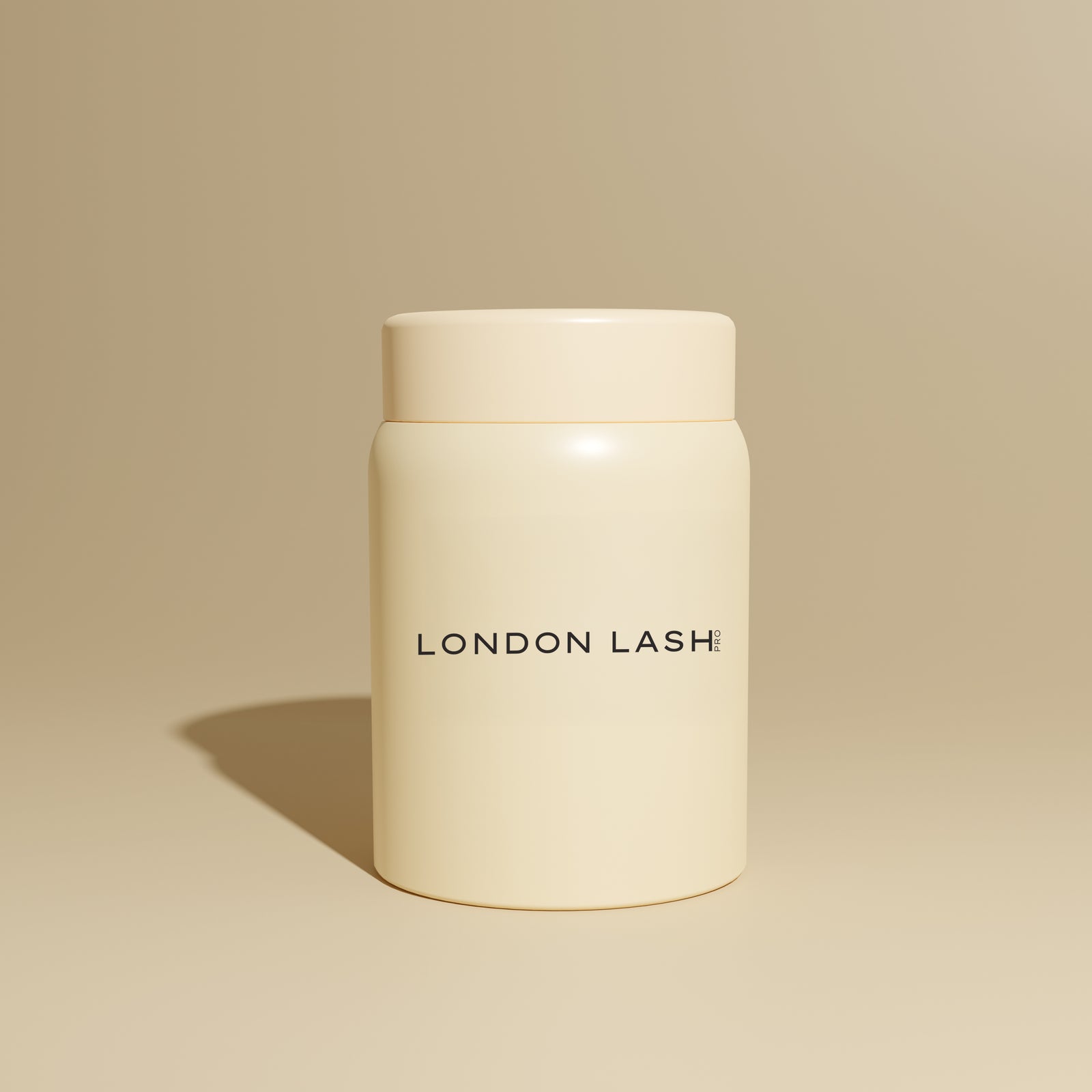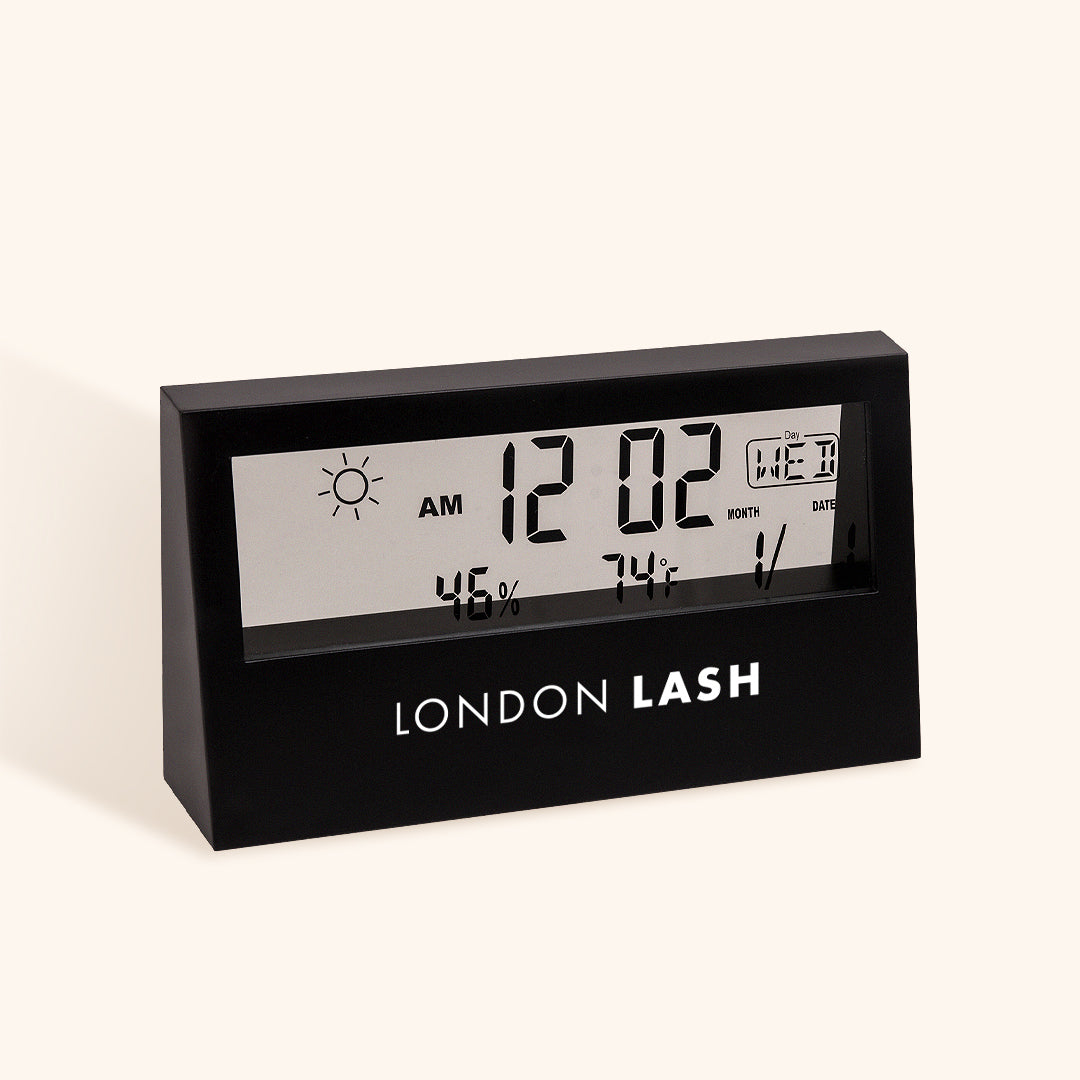Glues & Liquids
Eyelash Extensions
ACCESSORIES
So Henna
EYEBROWS
ONLINE TRAINING
Save up to 70% Off
Switch To A Slower Drying Lash Glue In The Summer
July 10, 2023 4 min read

There's No Shame in Switching to a Slower Lash Glue During the Summertime
Every Lash Technician knows how the summertime can negatively affect their lashing process. Sure, the rising temperatures can be uncomfortable to work in, but you might have air conditioning for that in your beauty salon to deal with the rising heat but this has its own drawbacks as it has an impact on your humidity. Well, there are some Lash Artists who, through no fault of their own, tend to forget that fluctuating conditions in their workspace affects their eyelash extension glue performance. Many experienced Lash Technicians may find themselves in a situation where their fast drying glue no longer works perfectly, affecting lash retention and in turn negatively affecting their business. So what is the most effective and simple solution for this issue, and what should you consider?
Heat and Humidity
Let’s refresh on some lash adhesive basics. Every eyelash glue works in different optimum conditions based on the glue’s formula. Take a look at our Glue Chart here, you will find how each of our London Lash glues work from their individual drying times to the perfect temperature and humidity that they work the best in.
Experienced Lash Artists often choose to work with a fast drying lash glue which is able to keep up with their quick lashing techniques, our range of fast drying glues include Flexie, Power Bond and Royal Bond. The ideal conditions for these glues vary quite a bit compared to one another, so it’s always important to know in which conditions your glue performs best.
In rising temperatures, a fast drying glue may begin to dry even faster. If you’re working with a glue such as Power Bond or Royal Bond, in normal circumstances the glue dries in 0.5 - 1 second, if your workstation is hotter than the recommended 18 - 22ºC for these glues, you may find that the glue will dry even faster. By the time you place the lash extensions on the eyelashes the glue has begun to cure, leading to poor retention.
Humidity on the other hand, plays an even bigger role in the drying time of your glue as lash glue needs moisture to dry and cure, so a higher level of humidity will increase your glue’s drying time even further.

It’s important to note, if you introduce air conditioning to lower the temperature of your workstation then your humidity will decrease too. While your temperature may drop to the optimum condition for your glue, the humidity may decrease to a point where it also affects your glue negatively. Low humidity in the air will slow down your glue noticeably as the lash glue still needs a good level of moisture. In theory, your glue drying too slowly is a good thing as it gives you time to place the extension before the glue has cured, but if you’re used to working very quickly then slow drying glue will lead to more stickies, and can cause your lashes to lean after you let go of them, resulting in messy looking lash sets.
There’s No Shame In Switching To A Slower Drying Glue
We understand that as a Lash Artist you have put in the years of education and hard work to develop your skills to an advanced level. Sometimes little milestones like switching to faster drying glues can feel like an achievement, which they are – you’re super speedy. But in conditions like summer heat and fluctuating humidity, using a faster drying glue may cause you issues. This is not reflective of your skills – quite the opposite in fact, as there is no shame in you switching back to a slower drying glue like Satin Bond or Lady Bond – this shows initiative and knowledge of the workings of lash adhesive and how well you can work with any of them.

If you’re unable to get the perfect room conditions and you’re spending too much time trying to adjust the temperature and humidity, switching to a slower drying glue is the solution to your problem. Let us explain why! A slower drying lash adhesive will speed up in a room with higher humidity. Satin Bond dries in 2 seconds time while Lady Bond is 1 - 2 seconds. Both of these eyelash glues work best in conditions of 18 - 22ºC and humidity levels of 50 - 65%. If your humidity and temperature is higher than these conditions, the drying time of Satin and Lady Bond will increase and they will begin to work relatively faster.
Being a problem solver is part of being a good Lash Artist, so it’s never a bad thing to switch to a known product in a bad scenario, even if the product is now below your skill level. Instead of putting yourself down for having to work with a slower drying glue, you are taking the initiative and using the knowledge of how to lash glue works to your advantage.
🔆HOT TIPS🔆
Using a Digital Hygrometer will help you monitor your workspace conditions so that your glue is working within the correct parameters. You can make sure any changes you make such as using an air conditioner or humidifier isn’t having too much or too little of an impact, so a Digital Hygrometer won’t go unused especially during the summer months.
If you haven’t already, purchasing a humidifier for conditions with low humidity (perhaps after turning on an air conditioner) could save your workspace conditions and help your glue stay within the optimum range. Similarly, a dehumidifier would work as well for high levels of humidity. Make sure that your humidifier or dehumidifier are intended for use in the size room you’re in so that you can ensure it will work how it’s supposed to, and ensure that it is not placed directly next to your glue as too much or too little moisture will affect the condition considerably.
Keeping your Lash Glue in an Airtight Glue Container will prolong the lash glue condition. This way you will keep your adhesive away from direct sunlight and any exposure to the air and room conditions avoiding any glue from curing in the cap or the nozzle.

Check out these featured products
Subscribe
Sign up to get the latest on sales, new releases and more …



